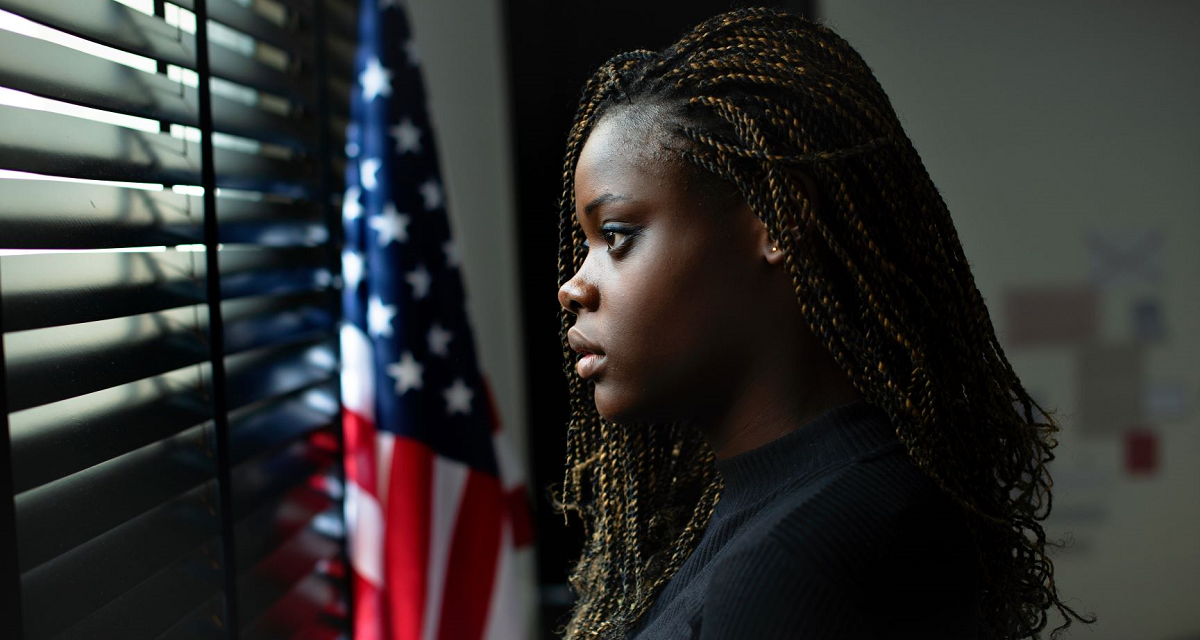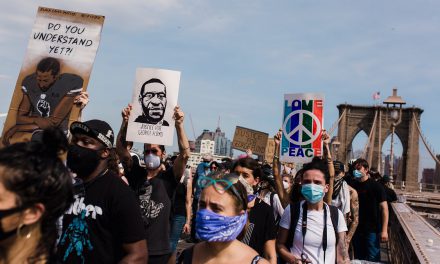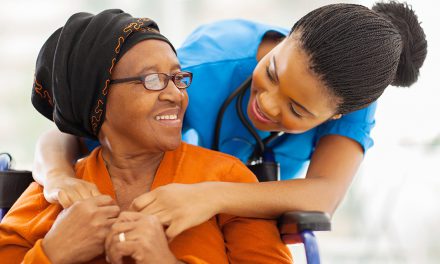Hosted by Alive & Well Communities and the Cultural Competency Collective, the most recent installation of the Learning Community virtual workshops focused on the mental health and wellness of youth in Kansas City and surrounding areas. Alive & Well is a statewide effort dedicated to promoting racial equity through trauma-informed policy and perspective, including the Missouri model for trauma-informed schools, which their educational leaders helped to develop.
Panelists Dr. Lateshia Woodley and Travanna Alexander-Toney, LCSW, LSCSW, brought experiential perspectives on the youth mental health crisis. Dr. Woodley is the assistant superintendent of student support for the Kansas City Public Schools with a doctorate degree in counseling psychology, and Alexander-Toney is the behavioral health manager for KCPS in addition to being president and founder of Core Changing Concepts, a nonprofit organization serving Kansas City.
As facilitators and panelists introduced themselves, one of the facilitators, Jermine Alberty, shared his reason for being involved in youth mental health: His son had first attempted suicide at 17 years old, then several times more. “But he is fortunately with us today and on his journey of recovery and healing,” said Alberty.
“It was my son’s principal, vice principal, counselors, teachers, therapist, faith community, and myself and his mom that got him through that dark time of his life. So I know that when you have strong schools working with students who are dealing with mental health challenges, they can make it — but it takes us all as a community to come together.”
Ongoing Crisis
Even before the coronavirus pandemic swept the nation, students in KCPS and surrounding areas were in crisis. “In Kansas City, we were experiencing a pandemic prior to the pandemic with everything that our students were going through,” said Dr. Woodley. Students share stark images with her of the traumas of daily life. “They talked about having to go home and see bloodstained-style walls. They talked about having to see yellow tape in their neighborhood. They talked about the blight in their neighborhood and the gentrification that’s going on, and the stress.”
Dr. Woodley shared one interaction in particular that emphasized the severity of the situation facing the children in her school system. “There was a table of 8 students, ages 12 to 18 years old, and they said, ‘Between the 8 of us, we’ve lost 48 people.’ And they talked about the grief and loss, they talked about the pain, they talked about the fact that yes, they know they come to school angry and may not behave well — but we talked about the fact of hearing all this pain and not knowing what to do with it.”
Trauma-informed Policy
Dr. Woodley’s answer meant embarking on a campaign to reshape the way KCPS offers student support. Tripling the number of clinicians in the school district, ensuring every building had a dedicated full-time counselor instead of sharing counselors between schools, and transforming the disciplinary system with input from students paved her path toward more robust student support.
Changing the language of the student code of conduct with student feedback was an especially important step of the process, she said. Students said the code’s punitive language made them feel like they were going to prison instead of school — a key red flag for policymakers with an eye on racial equity.
Suspension is a key factor in the school-to-prison pipeline, as that extra time spent out of school gives kids opportunities to engage in activities that may put them at odds with law enforcement. Students of color committing the same disciplinary infractions as white students are regularly not given the same treatment, Alexander-Toney stressed. Changing school disciplinary policy to leave less room for subjectivity in rulings, and to favor intervention over punitive measures, are crucial steps toward racial equity in KCPS, though other Missouri schools still lag behind in fundamental attitude: Corporal punishment is still allowed in some schools.
“Yes, we have been in a pandemic for the past two and a half years,” said facilitator Cecilia Belser-Patton, “and we have been in an epidemic of racism for the past 400 years.” The trauma of daily racism impacts students in a way many schools don’t see — at least not without help and training.
“Trauma-informed is basically about helping to create safety, helping to build relationships, and helping individuals feel connected,” said Alexander-Toney. “Being trauma-informed means creating safe environments in our schools.” By educating school faculty and staff to understand “acting out” as manifestations of trauma in the learning environment and to respond in a way that makes students feel safe, advocates of the trauma-informed method aim to help students feel more secure and form stronger bonds with role model adults in their daily lives. Students who have a strong relationship with at least one adult do better and are more optimistic, said Alexander-Toney.
The Path to Progress
“This work is not an overnight thing,” said Dr. Woodley. “It’s going to take years in order for us to get there.” Panelists acknowledged the stigma of talking about mental health, especially in communities of color, had created strong resistance, but noted that resistance has been declining in recent years. Through initiatives like system-wide book readings and mandatory training on implicit bias and trauma for all employees of KCPS, the trauma-informed model has begun enacting cultural change for the betterment of student safety, wellness, and success.
The Learning Community session in itself is a monumental step in the right direction. Making shared space to discuss the matters at hand sincerely and work together toward a solution is critically important. “As far as trauma-informed care is concerned, this is the only platform that you can speak on many issues, especially when we talk about systemic racism, when we talk about equity,” said facilitator Lester Gillespie. “I think it is important that we continue to build upon this platform, because it gives us the opportunity to speak firm and to be open.”
Not only does the work of Alive & Well for trauma-informed schools make positive changes in students’ quality of life, it also leads future generations by example. “We have to teach the youth the mechanisms as well,” said Gillespie. When policymakers meet to deliberate and speak openly about racial equity, students see parents, teachers, and other role models setting precedent for important skills as participants in democratic society. “You can’t be afraid to deal with things that are bothering you.”
Learn more:
https://dmh.mo.gov/media/pdf/missouri-model-trauma-informed-schools








